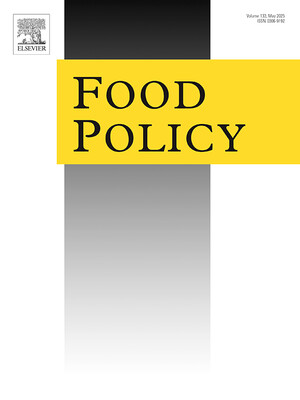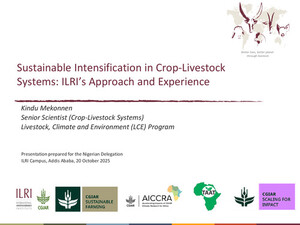
Participatory survey of risk factors and pathways for Rift Valley fever in pastoral and agropastoral communities of Uganda
Abstract
To assess pastoralists’ and agropastoralists’ knowledge on Rift Valley fever (RVF), participatory epidemiological studies were conducted with 215 livestock keepers and 27 key informants in Napak, Butebo, Isingiro and Lyantonde districts, Uganda, between January and February 2022. Livestock keepers in all four districts had knowledge of RVF and even had local names or descriptions for it. Pastoralists and agropastoralists possessed valuable knowledge of RVF clinical descriptions and epidemiological risk factors such as the presence of infected mosquitoes, living in flood-prone areas, and excessive rainfall. RVF was ranked among the top ten most important cattle diseases. Pastoralists called RVF Lonyang, symbolizing a disease associated with jaundice, high fever, abortions in pregnant cows, and sudden death in calves. Key informants identified infected domestic animals, the presence of infected mosquitoes, livestock movement and trade, and infected wild animals as risk pathways for the introduction of RVF into an area. Drinking raw blood and milk was perceived as the most likely pathway for human exposure to RVF virus; while the highest consequence was high treatment costs. The results indicate that pastoralists provided key epidemiological information that could be essential for designing an effective national RVF surveillance and early warning system.
Citation
Tumusiime, D., Nijhof, A.M., Groschup, M.H., Lutwama, J., Roesel, K. and Bett, B. 2023. Participatory survey of risk factors and pathways for Rift Valley fever in pastoral and agropastoral communities of Uganda. Preventive Veterinary Medicine 221: 106071.










